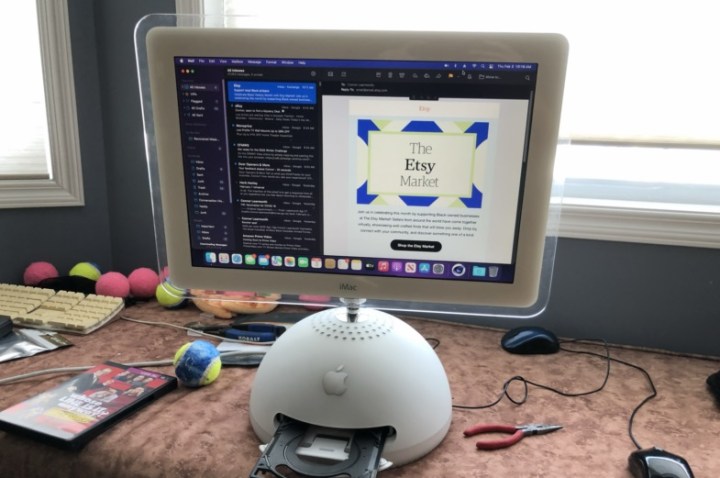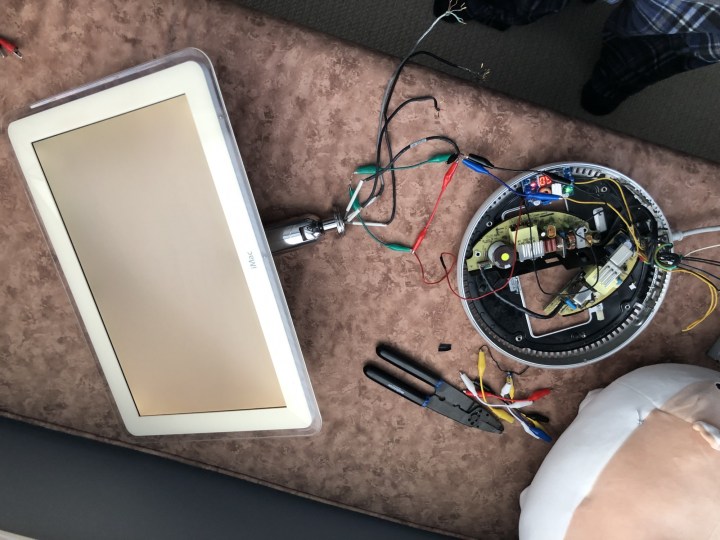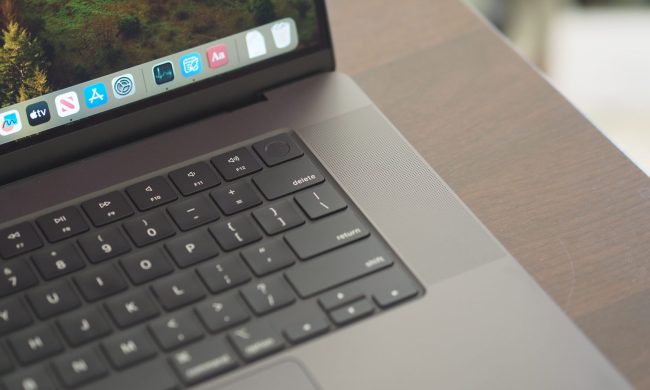Do you remember the 2002 iMac G4? We don’t blame you if you don’t — it’s been 20 years since Apple released that iconic all-in-one desktop.
However, nostalgia is a powerful force, and when you combine it with a “why not?” attitude, anything is possible, as proven by the modder who decided to bring the iMac G4 back from the dead and equip it with an Apple M1 chip.

The iMac G4 is ancient by now, but it hasn’t lost its charm. With its 15-inch screen surrounded by thick bezels that had bezels of their own, as well as a large, circular stand with an optical drive, it looks nothing like its younger siblings and doesn’t resemble the 24-inch iMac at all. Needless to say, the design is just one thing that has changed over the years — the hardware found within the iMac G4, once impressive, now belongs in a museum.
In its original form, the G4 had a resolution of 1,024 x 768 (remember those?) and a processor that ran at just 1GHz, called the PowerPC G4. It had a graphics card made by Nvidia no less, the GeForce4 MX, as well as a whopping 256MB of DDR SDRAM with a 333MHz frequency. That’s right — just three digits, not four. The 80GB hard drive running at 7,200 revolutions per minute (RPM) honestly seems outstanding given the rest of the hardware.
If the Apple ecosystem was its own universe, the iMac G4 and the modern-day Apple M1 silicon wouldn’t even exist within the same galaxy, but a brave modder decided to change that. Connor55 opened up the dome and changed out hardware until the iMac became a solid computer, although it still retains the small screen. He documented the lengthy journey, which was not without some difficulties, on the MacRumors forum.
He replaced the guts of the computer with a current-gen Mac Mini motherboard that comes with Apple’s M1 chip. It also has 16GB of RAM and a 1TB SSD. The RAM and storage are a straightforward upgrade, but so is the processor itself, offering clock speeds of up to 3.2GHz and a combination of eight cores and eight threads. The M1 is a system-on-a-chip (SoC), meaning that the CPU, 8-core GPU, and RAM are all combined.

Aside from upgrading the hardware itself, Connor’s project involved updating the ports on the iMac G4. The original was not lacking in that department, with three USB 2.0, two FireWire 400, and two VGA ports, but obviously, all of that tech is old and needed a refresh. The iMac G4 now has access to USB-C, USB-A, HDMI, a headphone jack, and an SD card slot, as well as an Ethernet jack.
If you’re wondering whether the modded iMac G4 is more than just a fun artifact from the past, the answer is yes: It’s entirely functional. Connor55 equipped the all-in-one with Wi-Fi and Bluetooth access and he reports that the iMac is able to reach internet speeds exceeding 100Mbps. However, the Bluetooth is “borderline useless,” but functional as long as it’s used right next to the dome. It’s always fun to see PC builders and modders give old hardware and software a second life, especially when the experiment is as successful as it was in this case.



